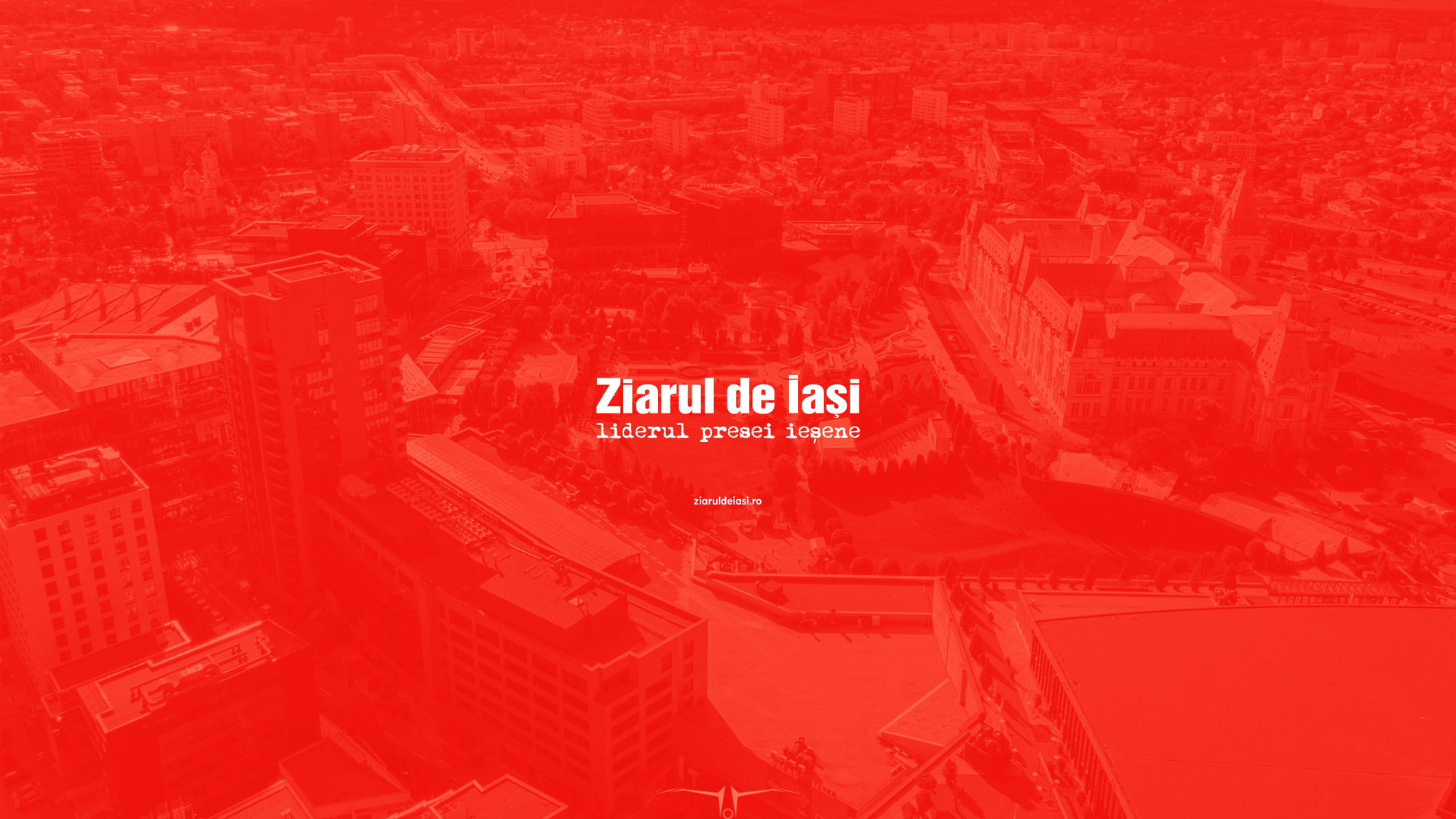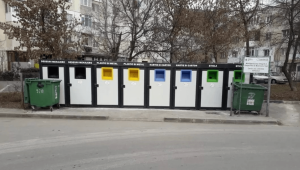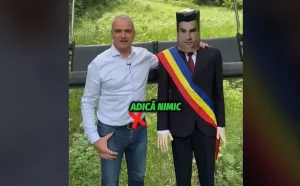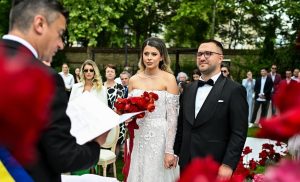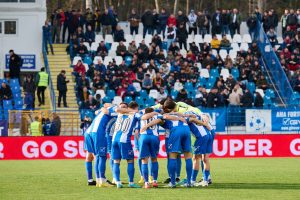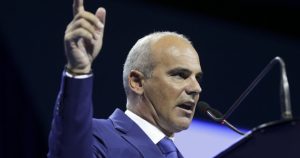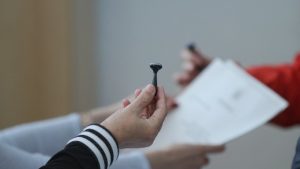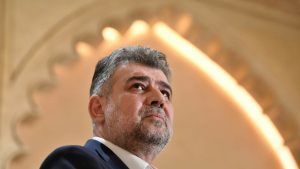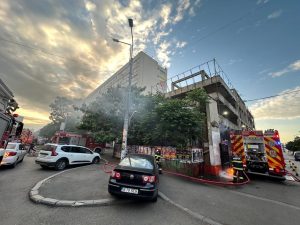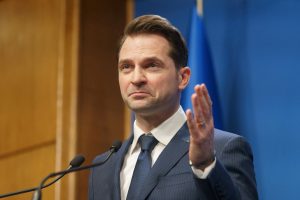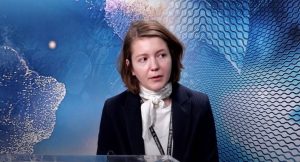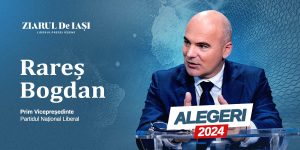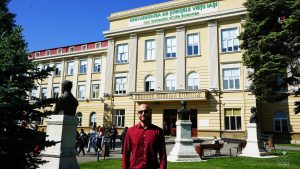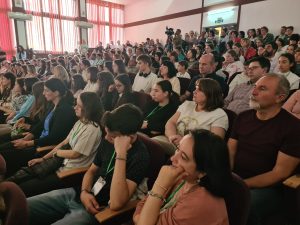
The ritual of the 1989 Revolution commemoration has been turned into a frugal routine. High officials in a complete hurry, a dusty solemnity, meaningless discourses, fragmentary truths, simulated compassion – all these elements have been mixed up in the commemorations of this event. The public places where politicians show off and ostentatiously exhibit their triumphalist compassion contrast with the frustrated sadness of the cemeteries where so many mothers cry for their lost sons, killed by the so-called "terrorists". All these manifestations are marked by one and the same figure; Iliescu’s shadow.
This year, the commemoration of the revolution coincided with Ion Iliescu’s investiture. This is a pretty unhappy and significant coincidence. The ceremonies’ role is to create memory’s landmarks. By superposing the revolution’s anniversary with the ceremony of the power’s democratic alternation, Iliescu becomes the symbol of the post-communist Romania.
As a matter of fact, all the features characterizing the recent image of Romania are governed by this symbol. President Iliescu is the man who has to explain both the sinister wirdness of the December revolution and
the characteristics of an undetermined transition towards democracy and a market-oriented economy.
The Revolution scenario known by most Romanians is the one made up by the "revolutionary" Ion Iliescu. The present president may be declared the most influential person of the post-revolutionary period, at least for having managed to spread and impose the official versions of this controversial event. The Iliescu scenario about the 1989 revolution includes the following compulsory elements: it was a real revolution, and not a coup d’etat or a simulated revolution, Ion Iliescu and his group were an emanation of this revolution, and not some individuals who profited by the networks of influence existing within the communist regime, the real revolution happened on December 22, not on December 21, the victims were killed by terrorists and members of the Securitate, the revolution was bloody becaus of the communist regime’s repression and Ceausescu was to be killed because this was the only way in which "terrorists" could be appeased.
Meanwhile, there has been proved that there had been no real terrorists, that soldiers and policemen had shot one another because of the media-stimulated psychosis, that Iliescu’s group was not a spontaneous product of the revolution, and that the assassination of the Ceausescus had legitimated Iliescu as a liberating hero. However, the Iliescu version is still in fashion.
Having Iliescu as president, the Romanians feel more at ease. His adaptability and lack of responsibility are the characteristics of the profound Romania. Romanians are fed up with being rebuked for their own past. They want to leave it behind in order to focus on the concrete present. However, their past is pretty important for their future. Romanians want a man who resembles them because of his past to decide their future. They do not feel at ease if somebody is speaking about someone who didn’t accept the pact with the devil. The anti-communists’ unconstraint seems pretty annoying and frivolous to them.
Iliescu doesn’t provoke neuroses. At the end of the Constantinescu era, Romania was on the brink of hysteria. Now, the situation seems to be a little bit calmer. Good night!
(Adrian CIOFLANCA)

